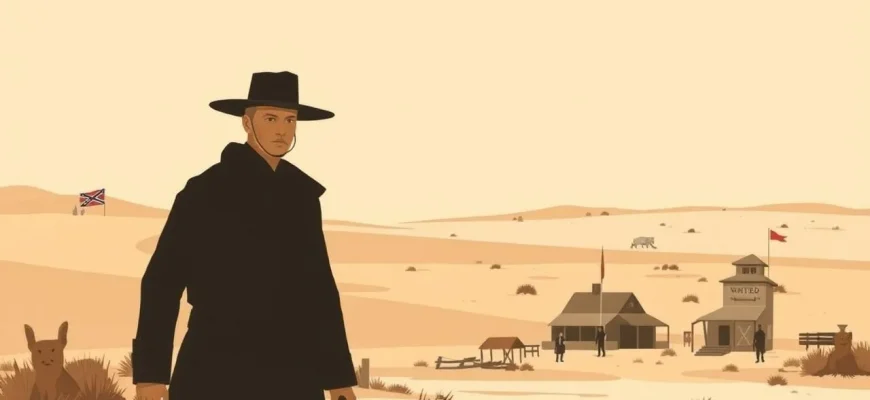The Wild West has always been a fertile ground for storytelling, especially when it comes to tales of honor, duty, and the clash between civilization and the untamed frontier. This curated list of films focuses on military officers, whose roles often bring a unique perspective to the classic western genre. From tales of post-Civil War struggles to the personal battles of men in uniform, these films offer a blend of action, drama, and historical insight, making them a must-watch for fans of both westerns and military narratives.
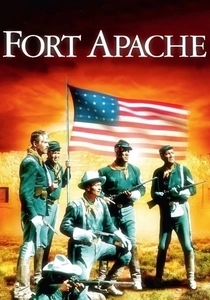
Fort Apache (1948)
Description: Lieutenant Colonel Owen Thursday, a rigid and ambitious officer, is assigned to a remote cavalry post where he clashes with both his men and the local Apache tribe. It's a study in leadership and the consequences of arrogance.
Fact: John Wayne, who stars in the film, was initially reluctant to play a character who was not the hero, but he was convinced by director John Ford.
 Watch Now
Watch Now 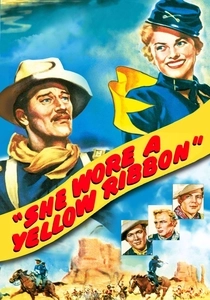
She Wore a Yellow Ribbon (1949)
Description: Captain Nathan Brittles, on the eve of his retirement, is tasked with preventing an all-out war with the Cheyenne. This film captures the end of an era for the cavalry and the personal struggles of its officers.
Fact: The film was shot in Monument Valley, a location often used by John Ford for its stunning landscapes, which became iconic in western cinema.
 Watch Now
Watch Now 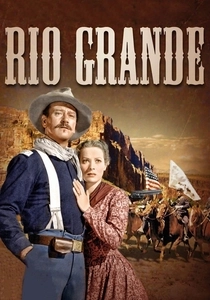
Rio Grande (1950)
Description: Colonel Kirby Yorke, stationed at a remote outpost, faces both Apache raids and personal conflicts when his estranged son joins his regiment. It's a poignant look at family dynamics within a military setting.
Fact: This was the last of John Ford's "Cavalry Trilogy," following "Fort Apache" and "She Wore a Yellow Ribbon."
 Watch Now
Watch Now 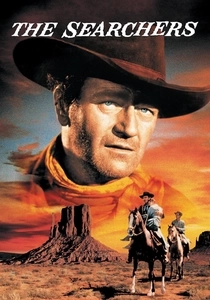
The Searchers (1956)
Description: While not strictly about a military officer, Ethan Edwards, a former Confederate soldier, embodies the spirit of military discipline and the quest for justice in this epic tale of revenge and redemption.
Fact: The film is often cited for its complex portrayal of racism and its influence on the western genre.
 Watch Now
Watch Now 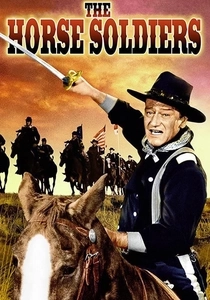
The Horse Soldiers (1959)
Description: This film follows a Union cavalry officer, Colonel John Marlowe, as he leads a mission to destroy Confederate railroads during the Civil War. It showcases the harsh realities of military strategy and the personal conflicts within the ranks.
Fact: John Ford, the director, was known for his westerns, but this film was one of his few to focus on the Civil War. The film's battle scenes were inspired by real events.
 Watch Now
Watch Now 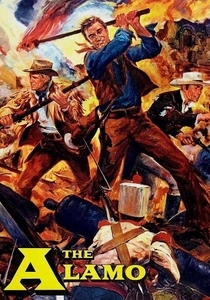
The Alamo (1960)
Description: Colonel William Travis, along with Jim Bowie and Davy Crockett, defend the Alamo against overwhelming Mexican forces, highlighting the bravery and sacrifice of military officers in a pivotal moment of American history.
Fact: John Wayne, who directed and starred in the film, invested much of his own money into its production, making it one of the most expensive films of its time.
 Watch Now
Watch Now 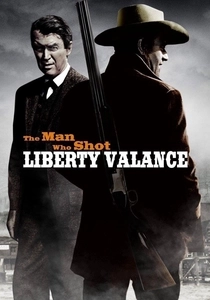
The Man Who Shot Liberty Valance (1962)
Description: Senator Ransom Stoddard returns to a small town to attend the funeral of Tom Doniphon, a man who once saved his life. The story unfolds through flashbacks, revealing the truth behind a legendary event involving a military officer turned lawyer.
Fact: The film is famous for its line, "When the legend becomes fact, print the legend," which encapsulates the theme of myth versus reality.
 Watch Now
Watch Now 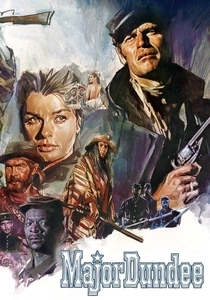
Major Dundee (1965)
Description: Set in the aftermath of the Civil War, Major Amos Dundee leads a motley crew of Union and Confederate soldiers on a mission to hunt down an Apache war chief. The film explores themes of redemption and unity amidst chaos.
Fact: The film was originally much longer, but was cut down significantly by the studio, leading to a somewhat disjointed narrative. Sam Peckinpah, the director, was known for his revisionist westerns.
 Watch Now
Watch Now 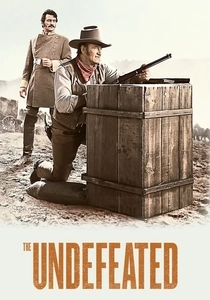
The Undefeated (1969)
Description: After the Civil War, Union Colonel John Henry Thomas and Confederate Colonel James Langdon lead their men on a journey to Mexico, showcasing the post-war camaraderie and the challenges of rebuilding lives.
Fact: This was one of the last films John Wayne and director Andrew V. McLaglen made together, known for their western collaborations.
 Watch Now
Watch Now 
The Last Outpost (1951)
Description: A Confederate officer, posing as a Union officer, is sent to infiltrate and destroy a Confederate outpost. The film delves into themes of loyalty, betrayal, and the complexities of wartime allegiances.
Fact: This film was one of the first to use the plot device of a soldier infiltrating the enemy's ranks, a theme that would become popular in later war films.
 30 Days Free
30 Days Free 
